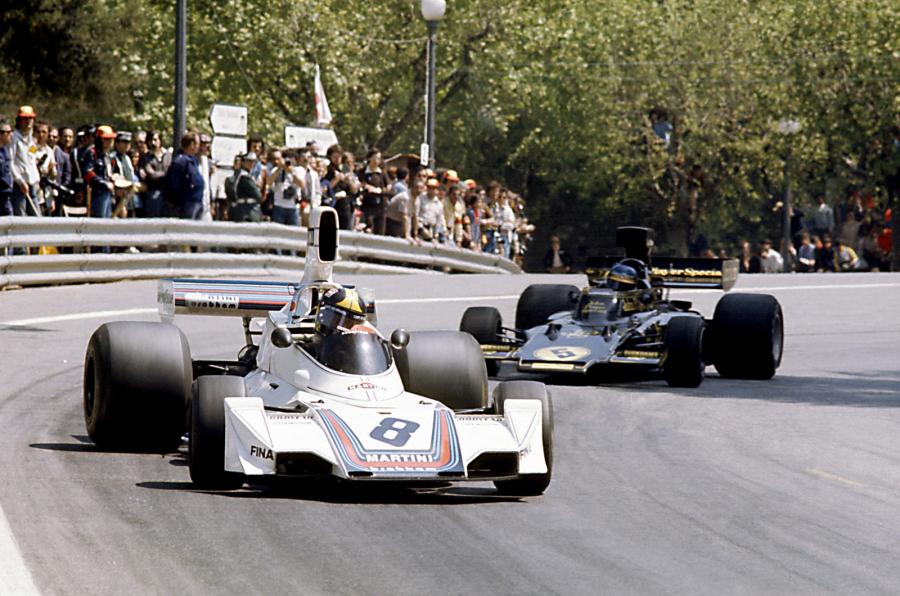
From Pedralbes to Catalunya, five different circuits have hosted the Spanish Grand Prix since 1950, while Valencia also featured on the calendar as host of the European Grand Prix. Here’s the history of every Spanish circuit which has hosted a round of the Formula 1 World Championship.
In total, Spain has had six different venues on the Formula 1 calendar. That number will rise to seven in 2026, when a new semi-permanent venue in Spanish capital Madrid takes over Spanish Grand Prix hosting duties. Spain sits behind only the United States and France as the nation to have had the most venues appear on the World Championship calendar. All but one of these venues hosted the Spanish Grand Prix, the exception being Valencia Street Circuit, which hosted the European Grand Prix from 2008 to 2012.
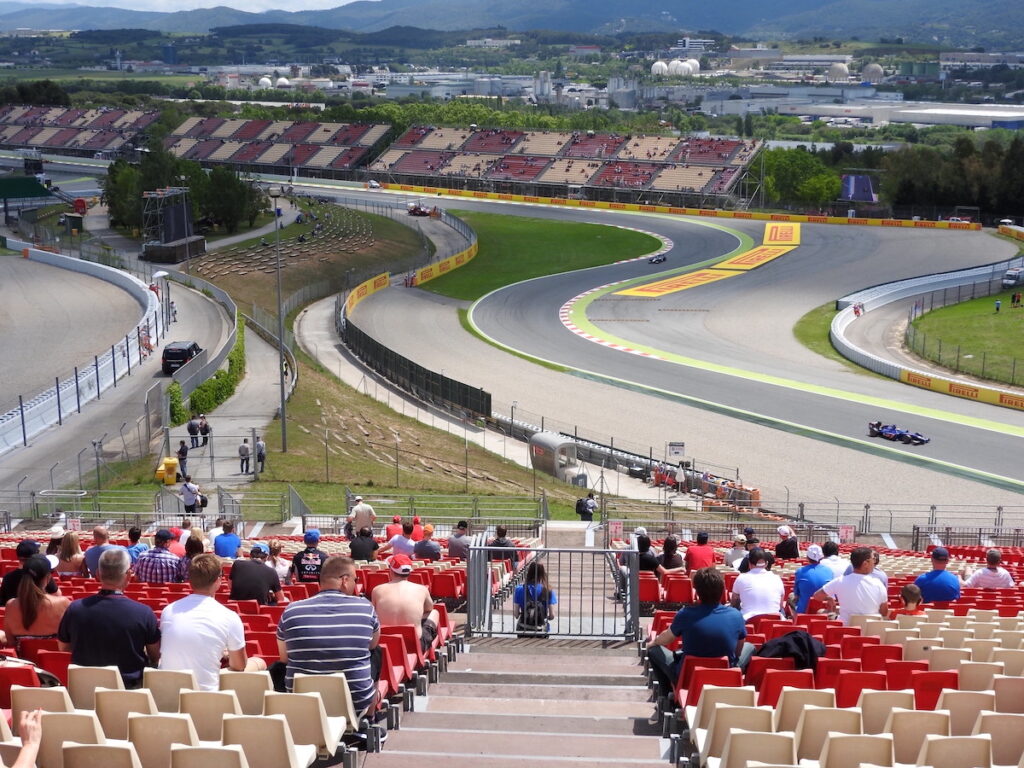
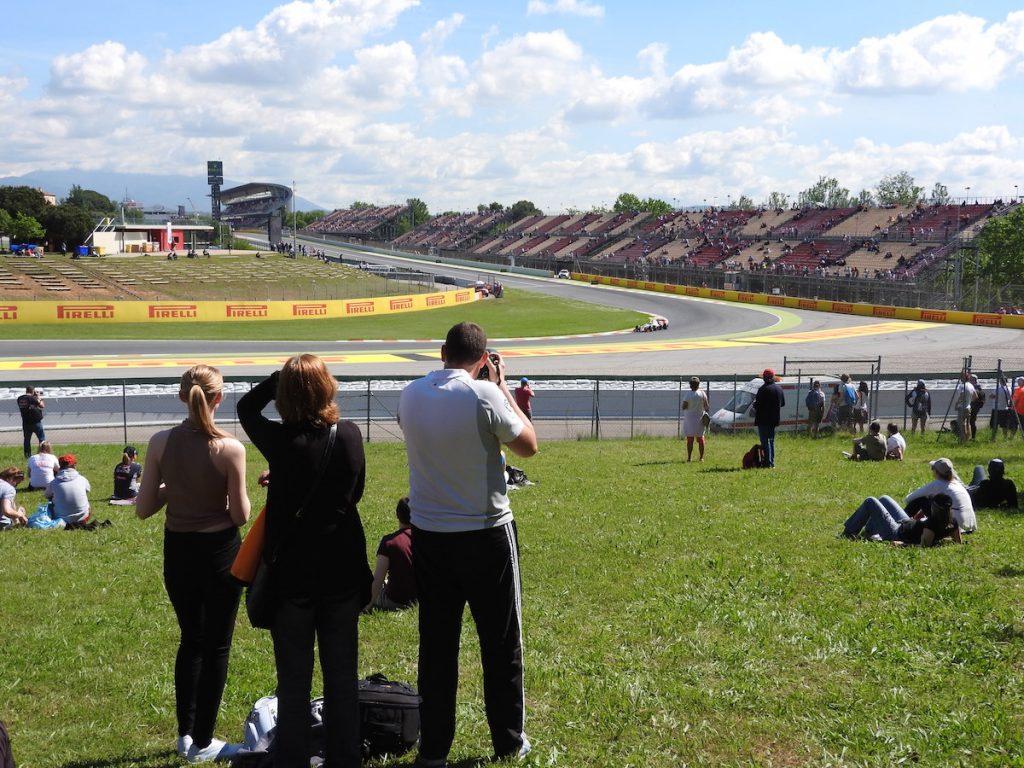
Circuit de Barcelona-Catalunya, current host of the Spanish Grand Prix, has hosted far more F1 races in the country than any other venue. The other five Spanish tracks which appeared on the schedule did not make it into double figures. Read on to learn the history of all six Spanish venues which have appeared on the Formula 1 calendar.
Pedralbes
Where is it? Situated in the suburbs to the west of Barcelona, Pedralbes was a 6.3km circuit, taking in the Pedralbes neighbourhood’s wide streets and sweeping corners. With only 6 real corners, it may not have been the most challenging of tracks – but it certainly was popular. Prior to F1, the venue hosted the Penya Rhin Grand Prix following the end of World War II.
When did it host F1? The Pedralbes circuit was the first Spanish venue to host a Formula 1 race. It appeared on the World Championship calendar twice, in 1951 and 1954, hosting the final race of the season each time. Juan Manuel Fangio claimed his first title with his win at the first Grand Prix here, while Mike Hawthorn was victorious in the 1954 race.
Why did it fall off the calendar? The 1954 Spanish Grand Prix turned out to be the last ever race held on the Pedralbes circuit. The Spanish Grand Prix was expected to return to the track in October 1955. However, tighter safety measures were brought in at racetracks across Europe following the Le Mans disaster in June 1955. The spectator-lined street circuit raised too many safety concerns and the track was never raced on again.
Circuito del Jarama
Where is it? Circuito del Jarama is located 30km north of the Spanish capital, Madrid. The original circuit was designed by John Hugenholtz, the Dutchman who also designed the Suzuka circuit in Japan.
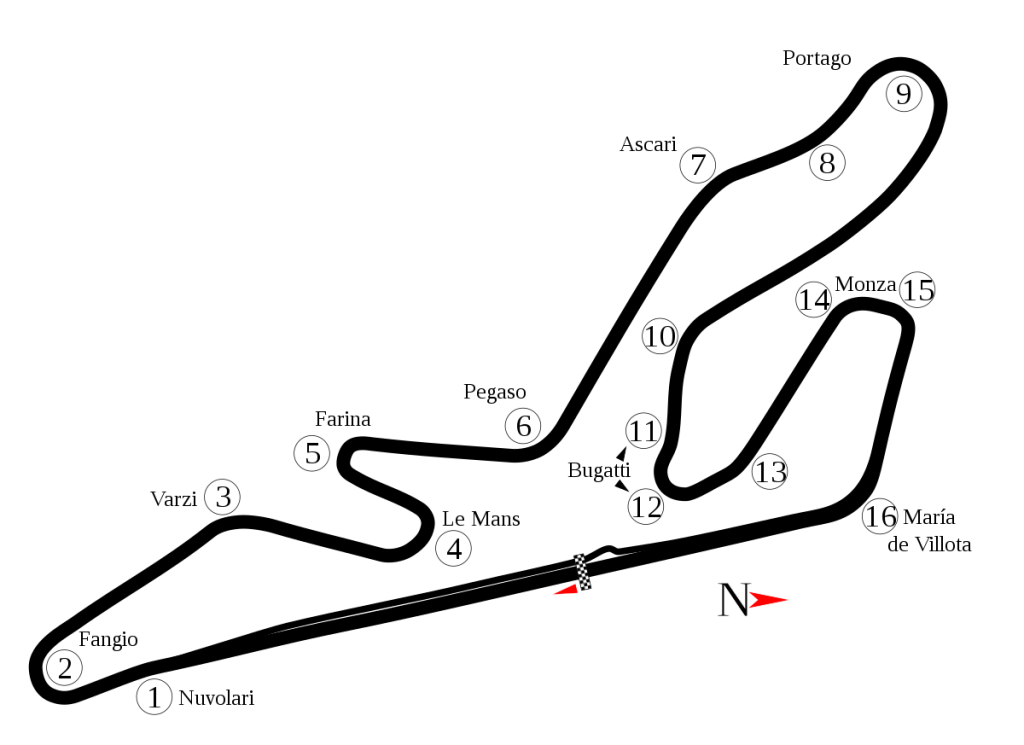
When did it host F1? Jarama opened in 1967 and hosted the Spanish Grand Prix for the first time that year – though the race was a non-championship event. The race was given World Championship status the following year and the circuit went on to host the Spanish Grand Prix nine times between 1968 and 1981.
Why did it fall off the calendar? The narrow track at Jarama meant that overtaking was difficult. In 1981, Gilles Villeneuve defended against four faster cars throughout the race to take the win, such was the lack of overtaking opportunities. After this race – which was the last of Villeneuve’s career – the track was deemed too narrow for modern Formula 1 cars, so the 1981 Spanish Grand Prix was the last F1 event held at the track.
Montjuïc Park
Where is it? The Montjuïc Park street circuit was located on Montjuïc mountain, just south of central Barcelona. It was notoriously difficult to set cars up for a race at this track, with engineers having to balance the slow nature of the opening half of the lap with the fast, sweeping corners in the latter part of the track.

When did it host F1? Montjuïc Park was on the calendar around the same time as Jarama. The two venues alternated hosting duties of the Spanish Grand Prix, with Montjuïc Park on the calendar four times: in 1969, 1971, 1973 and 1975.
Why did it fall off the calendar? Ahead of the 1975 Spanish Grand Prix at the circuit, the drivers had concerns about the safety of the track. Drivers who were members of the Grand Prix Drivers’ Association went on strike over their concerns about the circuit’s guard rails, which had not been bolted together correctly. Following the threat of legal action should the race not take place, the guard rails were fixed with help from team managers and various members of the paddock. Sadly, in the race, Rolf Stommelen’s Embassy Hill car mounted one of the freshly-secured barriers, his car catapulted into the crowd and four bystanders were killed: a fireman, a spectator and two photographers. The dreadful accident led to F1 never returning to Montjuïc Park.
Circuito de Jerez
Where is it? Circuito de Jerez is located near the city of Jerez de la Frontera, near Spain’s southwest coast, 90km south of Seville.
When did it host F1? The Jerez circuit opened in 1985 and hosted the Spanish Grand Prix five times from 1986 to 1990. In 1991, it was dropped from the calendar in favour of the newly-built Circuit de Catalunya near Barcelona, as bosses felt the new track would attract more spectators. Jerez appeared on the calendar twice more, in 1994 and 1997, each time as host of the European Grand Prix.

Why did it fall off the calendar? Jerez has one of the stranger reasons for falling off the calendar. After the dramatic title-deciding 1997 European Grand Prix at the circuit, Jerez’s mayor Pedro Pacheco disrupted the podium ceremony, handing out a trophy which was supposed to be presented by a representative from Mercedes. As a result, the circuit was banned from hosting any further F1 races. The ruling was later overturned, but F1 has never returned for a Grand Prix at the venue.
Since the last Grand Prix here in 1997, Jerez has been used as a venue for winter testing, most recently in 2015. There have been plenty of rumours of the circuit re-joining the calendar, the most realistic coming amidst the coronavirus pandemic in 2020. However, negotiations broke down over the summer of 2020 and F1 did not return to the track. In 2022, regional tourism minister Juan Marin claimed that Jerez was the first reserve should any circuit be unable to host a Grand Prix.
Circuit de Barcelona-Catalunya
Where is it? Circuit de Barcelona-Catalunya is located in Montmeló, 30km north of central Barcelona.
When did it first host F1? Originally named Circuit de Catalunya, the Montmeló track first appeared on the Formula 1 calendar as a newly-built track in 1991. The circuit was one of many venues to be built in the lead up to the 1992 Olympic Games, which took place in Barcelona. The circuit itself hosted the finish of the men’s road race during the games one year after the inaugural F1 race at the track. It has since hosted the Spanish Grand Prix on over 30 occasions. Michael Schumacher and Lewis Hamilton are tied as the most successful drivers at the circuit, with six wins apiece.


How long will it stay on the F1 calendar? The long term future of the Spanish Grand Prix had been in considerable doubt in recent years, with Circuit de Barcelona-Catalunya signing single-year deals to remain on the schedule. However, in November 2021, race organisers signed a new 5-year contract which will see the track remain on the F1 calendar until at least 2026. However, in January 2024, it was announced that the Spanish Grand Prix will move to Madrid from 2026, putting the Catalunya track’s tenure on the schedule beyond 2026 in considerable doubt.
Valencia Street Circuit
Where is it? Valencia Street Circuit is located on the cusp of the Balearic Sea, in the east of Spain’s third largest city. The 5.4km circuit had no fewer than 25 turns, winding its way around the harbour-side port area of Valencia.
When did it host F1? Valencia Street Circuit is the only track in this list which never hosted the Spanish Grand Prix. Instead, the track was host to the European Grand Prix from 2008 to 2012. Sebastian Vettel was the only repeat winner from F1’s five visits to the venue.
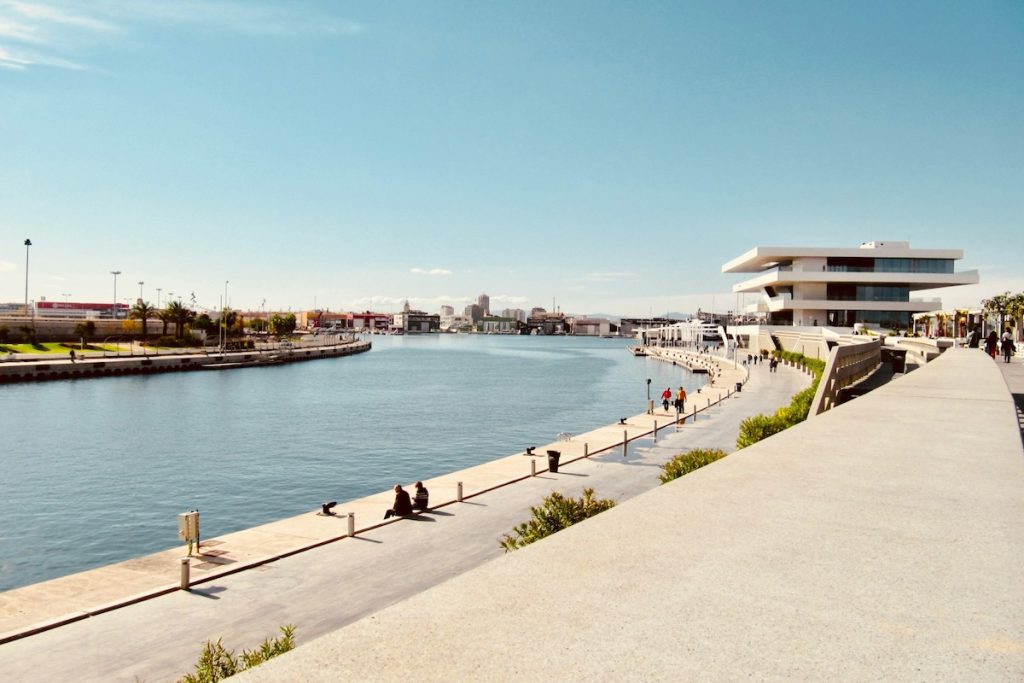
Why did it fall off the calendar? From 2008 to 2012, Spain had two rounds on the calendar, with Valencia hosting the European Grand Prix and Barcelona hosting the Spanish Grand Prix. In March 2012, Bernie Ecclestone told the media that from 2013 there would be only one Spanish race, with the two circuits alternating as host of the Spanish Grand Prix each year. However, the plan never came to fruition as the Valencia track ran into financial troubles following the Global Financial Crisis (GFC). In October 2013, race officials confirmed that F1 would not return to the city. Recent photos have shown Valencia Street Circuit in a state of abandonment.
IFEMA MADRID Circuit, Madrid
Where is it? This new semi-permanent circuit, featuring a mix of elements from street tracks and road courses, is located in the Spanish capital. The track layout will eun around the IFEMA MADRID exhibition centre, which hosted the first-ever official Formula 1 exhibition in 2023.
When will it host F1? The IFEMA MADRID Circuit is set to take over as host of the Spanish Grand Prix from 2026.
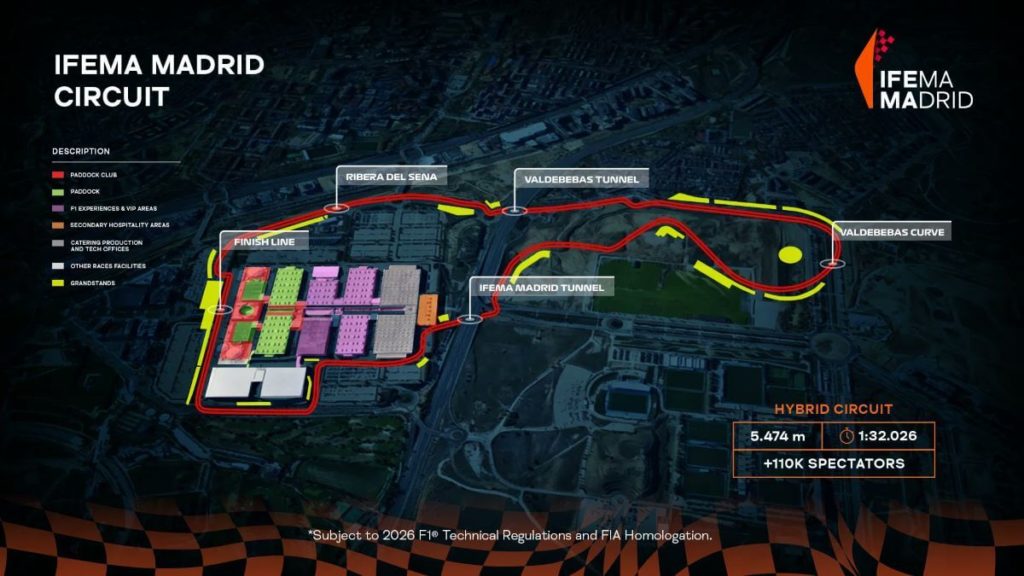
How long will it stay on the calendar? Race organisers have signed an initial ten-year deal for the new IFEMA Madrid Circuit to be the host of the Spanish Grand Prix from 2026 to 2035.
What’s your favourite Spanish F1 venue? Leave a comment below!
Header image: crazylenny2, Flickr, CC BY-SA 2.0





